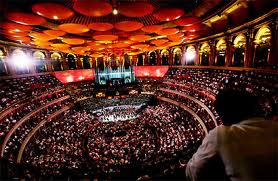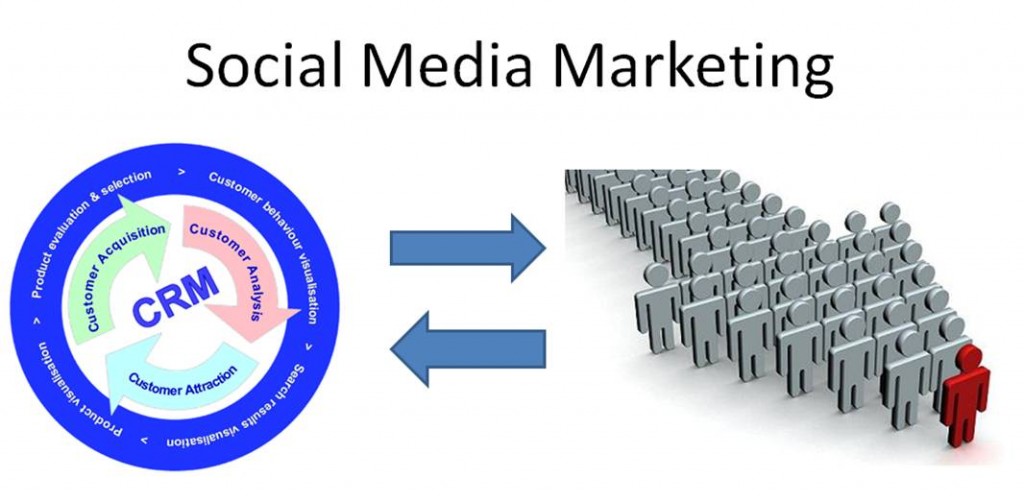
Tenemos todos un «merdé» bastante grande con esto de la gratuidad de muchos medios por Internet.
Porque es cierto que muchas de las herramientas que hay en Internet son gratis. Y se habla tanto de ello que parece que está chupado triunfar en Internet. Y que además se puede hacer gratis.
¿Quieres estar en Internet sin que te cueste nada? Chupado. Móntate una página web. Entra en Facebook y a triunfar.
Mira esta foto. Ahí hay 12.000 personas. Es el Palacio de los Deportes de Madrid. 12.000 personas que están pendientes de lo que ocurre en el escenario. Porque acaba de salir al escenario Michael Bublé. ¿Y qué son esas luces? ¿Son mecheritos? ¿La gente se ha puesto romántica y quiere sacar el mecherito como en los conciertos de hace 10 ó 20 años?
No señor. No son mecheritos. Son teléfonos móviles que están grabando el espectáculo. ¿Cuántos habrán colgado luego este video en youtube? Bueno. Podemos hacernos una idea si ponemos en youtube Michael Bublé Madrid. ¿Ha pagado Bublé por esa publicidad, por esa visibilidad? No. Pero es que Bublé es muy bueno.
Me dirijo a ti Bodega. Cuando entras en Internet con tu página web, de entrada, no eres Michael Bublé, subida en el escenario. Eres una de las 12.000 personas que llenan el recinto. Y vistas así juntas no parecen muy distintas unas de otras. Parecen iguales. Eso es lo que consigues estando en Internet. Y eso lo consigues casi gratis. Enhorabuena.
Está chupado triunfar en Internet. Está tan chupado como hacer un vino de muy alta calidad. Está chupado para los enólogos encumbrados que llevan años y años de estudios, aprendizaje y prueba y error. Está chupado para Michael Bublé que lleva años y años practicando y trabajándose por hacerse un hueco en la élite musical.
Siendo muy bueno en lo tuyo y haciendo una buena labor por Internet (página web, Social Media), puedes hacerte tu propio escenario de personas que te siguen. Porque tú no necesitas llenar recintos con 12.000 personas en todas las capitales del mundo. Lo que sí necesitas es diferenciarte y ganarte a determinadas personas repartidas por el mundo, una a una. De modo que si ellas reclaman tu producto, estén donde estén puedas venderles, ya sea a través de tus distribuidores e importadores o directamente.
Apóyate en alguien que sepa para que te ayude, pero solo si eres bueno en lo tuyo. ¿Es más barato que en los medios tradicionales? Sí. Pero no gratis. Porque está chupado estar en Internet. Pero es bastante más complicado hacerte un hueco.
Para los que estuvieron en el concierto, para los que les gusta Michael Bublé. Y para los que les gustan los tíos con un par de narices ahí va la última canción que cantó. Esta canción la cantó «a capella». Significa sin micrófono… en un recinto de 12.000 personas. ¿Y qué consigue Michael Bublé acabando con una canción «a capella»? De entrada, emocionarme como no lo había hecho en el resto del concierto. Consigue D I F E R E N C I A R S E. Se puede resumir en dos palabras: «Im presionante» .
Este post en inglés: Is the Internet free? The Michael Bublé Concert in Madrid.

I think we’re all a bit fed up with this “everything’s free on the internet” thing.
It’s true that many programs and tools are in fact free in Internet. Everyone repeats this so often that it seems that it’s easy to succeed on the internet – and at no cost!
“Do you want to have a massive internet presence for free?” No problem! Just set up a webpage, get onto FaceBook, et voila!
Look at this photo. There are 12,000 people there. It’s the Palacio de Deportes Concert Hall in Madrid. 12,000 people all watching the stage. All watching Michael Bublé. An what do you think those little lights are? Do you think that all those people feeling nostalgic for the 60’s and 70’s and that they’ve taken out their lighters?
Nope! They’re not lighters – they’re mobile phones! And they’re all recording videos of the show. How many people will then upload their videos onto YouTube? Check it out yourself – just type “Michael Bublé Madrid” at YouTube. Do you think the Bublé paid for all that publicity, for all that visibility? Nope! But Bublé is already very famous.
Wineries! When you create a webpage, the first thing you have to know is that you’re not Michael Bublé on the stage! You’re one of the 12,000 people in the audience, who are not very different from each other. That’s what you get when you launch your presence for free on the internet.
Sure it’s easy to triumph in the internet. It’s as easy as producing a good quality wine. It’s easy for famous winemakers who have years of experience and recognized qualifications. It’s easy for the likes of Michael Bublé who also has years of experience and who’s already worked hard to reach the top of his profession.
If you’re good at what you do and do your homework to create an internet presence, then you can go on-stage and have thousands of followers or fans. And you don’t have to fill stadiums in cities around the world. What you have to do is differentiate yourself and win over individual followers from all over the world., one by one. So if they want to buy your product, you will be in a position to sell it to them, no matter where they are, either via a distributor or directly to them.
Use the skills of someone who knows how to do this, but only if you’re good at what you do. Is this cheaper than the traditional way? Yes, but it’s not free. It’s easy to be part of the audience in the internet, but it’s a bit more complicated to get up on the stage.
For those of you who were at the concert, and for those of you who like Michael Bublé, here’s the last song he sang: he sang it ‘a capella’ which means without a microphone. What was the point of him singing a song without a microphone? Well firstly, it was the emotional climax of the whole show, and secondly, he managed to D I F F E R E N T I A T E himself.
This post in Spanish: ¿Es gratis Internet? Concierto de Michael Bublé





